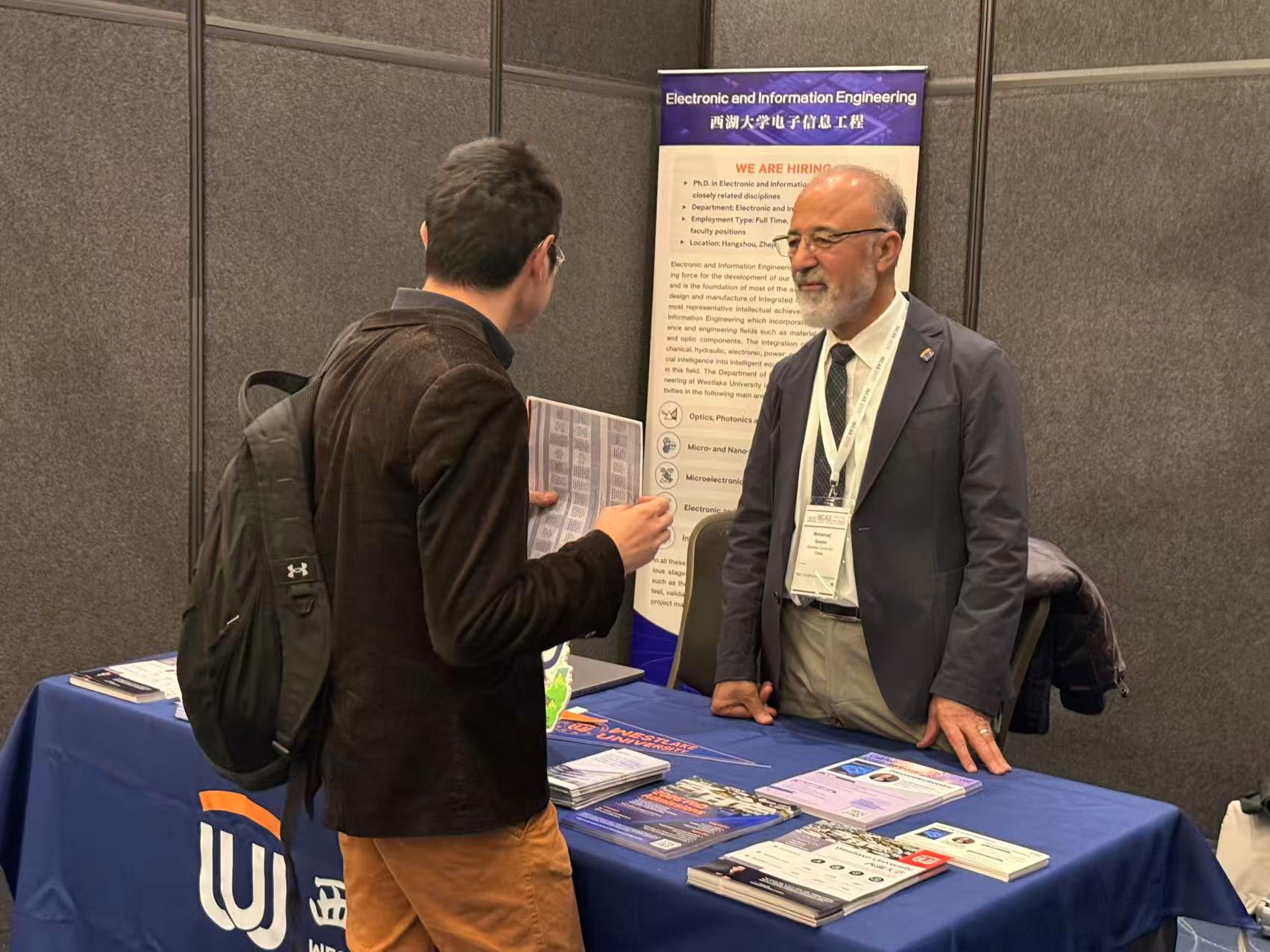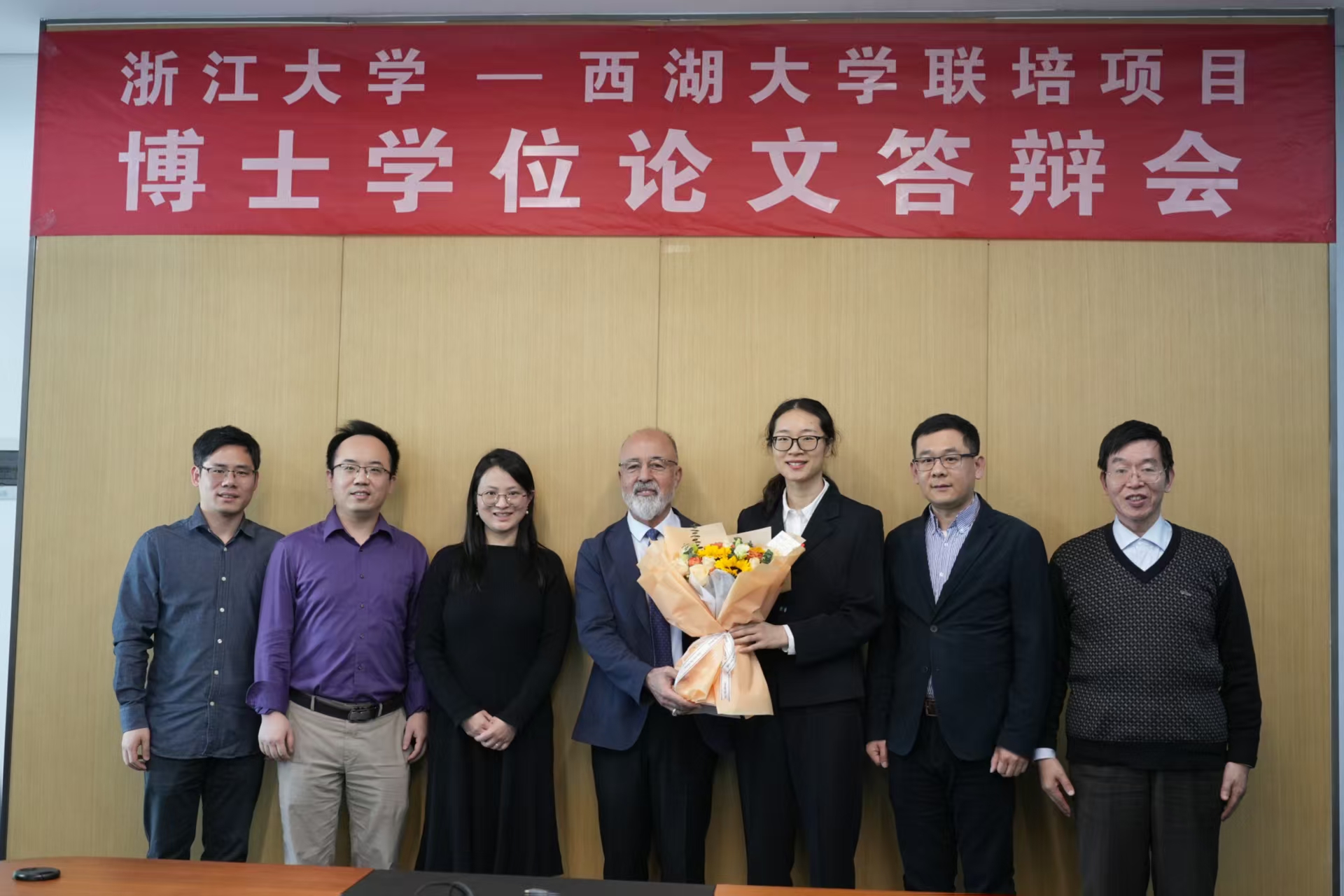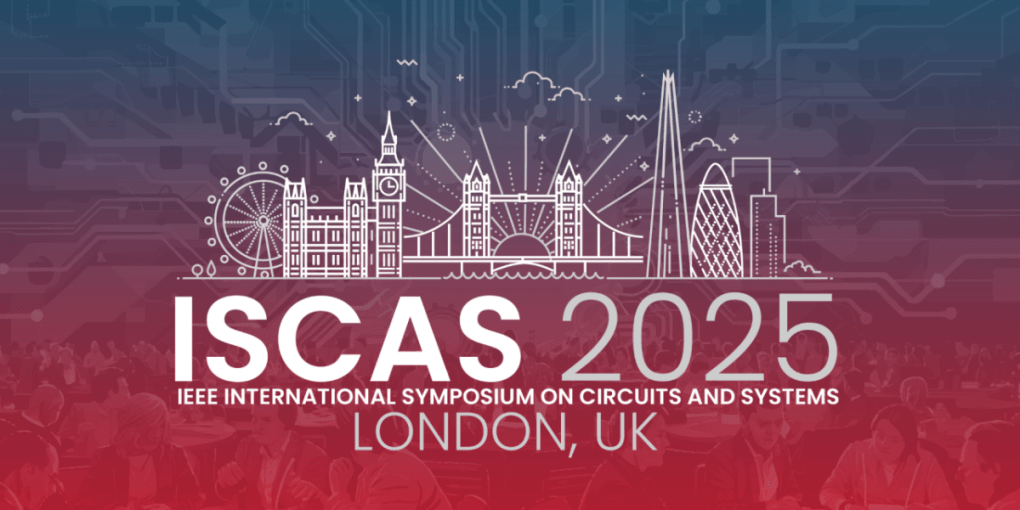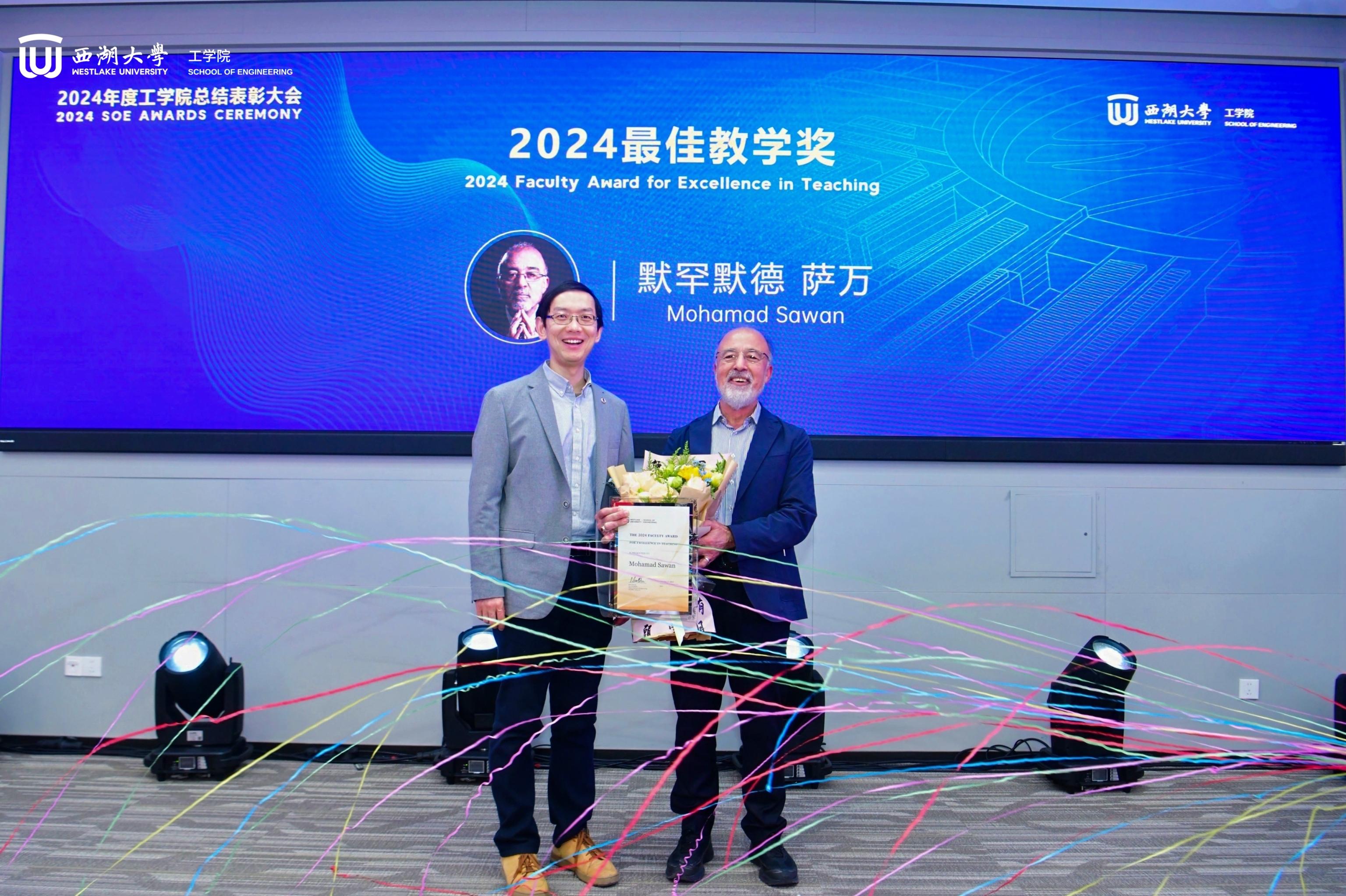Titled “Intelligent Classification Technique of Hand Motor Imagery Using EEG Beta Rebound Follow-up Pattern”, this contribution has been published in Biosensors MDPI. In this publication, we present intelligent, straightforward, comprehensible, time-efficient, and channel-reduced methods to classify motor execution (ME) versus motor imagery (MI) and left- versus right-hand MI. The first author of this paper is Jiachen Wang, a 3-month stay visiting student, who joined our center to study multimodal neuroimaging techniques. Congratulations to visiting student Jiachen Wang and to this paper’s co-authors for the excellent achievement.
Citation
J. Wang, Y.-H. Chen, J. Yang, M. Sawan, “Intelligent Classification Technique of Hand Motor Imagery Using EEG Beta Rebound Follow-Up Pattern”,MDPI Biosensors. 2022; 12(6):384.
Abstract
To apply EEG-based brain-machine interfaces during rehabilitation, separating various tasks during motor imagery (MI) and assimilating MI into motor execution (ME) are needed. Previous studies were focusing on classifying different MI tasks based on complex algorithms. In this paper, we implement intelligent, straightforward, comprehensible, time-efficient, and channel-reduced methods to classify ME versus MI and left- versus right-hand MI. EEG of 30 healthy participants undertaking motional tasks is recorded to investigate two classification tasks. For the first task, we first propose a “follow-up” pattern based on the beta rebound. This method achieves an average classification accuracy of 59.77% ± 11.95% and can be up to 89.47% for finger-crossing. Aside from time-domain information, we map EEG signals to feature space using extraction methods including statistics, wavelet coefficients, average power, sample entropy, and common spatial patterns. To evaluate their practicability, we adopt a support vector machine as an intelligent classifier model and sparse logistic regression as a feature selection technique and achieve 79.51% accuracy. Similar approaches are taken for the second classification reaching 75.22% accuracy. The classifiers we propose show high accuracy and intelligence. The achieved results make our approach highly suitable to be applied to the rehabilitation of paralyzed limbs.
More information can be found at the following link:
https://doi.org/10.3390/bios12060384

Fig.1: Two classification methods: (1) A “follow-up” pattern based on beta rounded, and (2) A support vector machine as a classifier model and sparse logistic regression as a feature selection technique (SVM+SLR) were implemented to distinguish motor execution (ME) versus motor imagery (MI) and left- versus right-hand MI.







